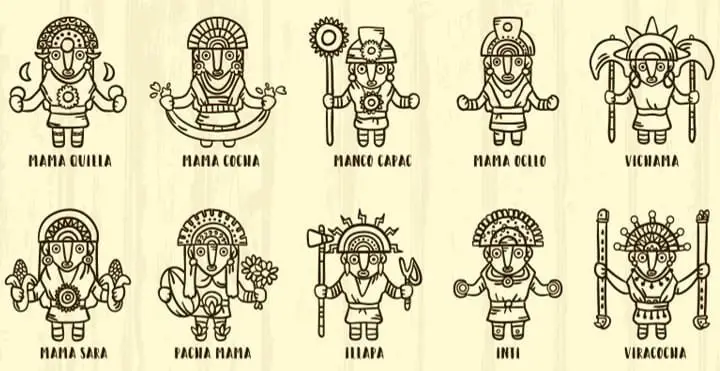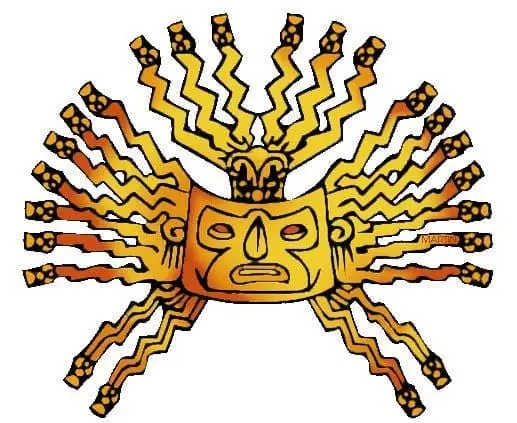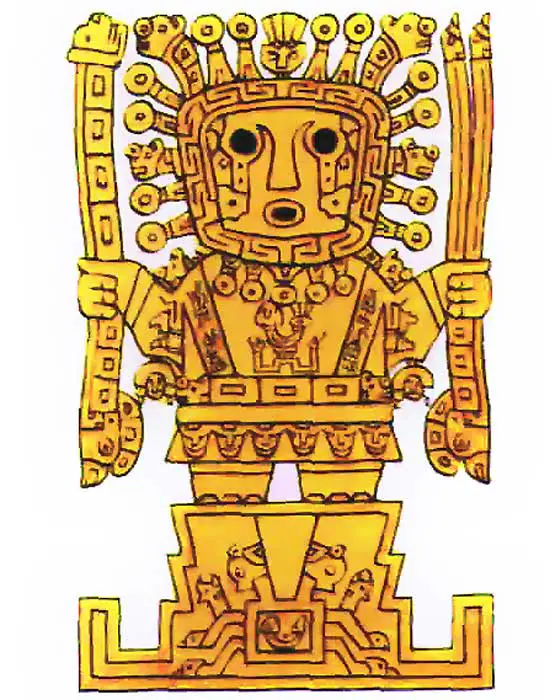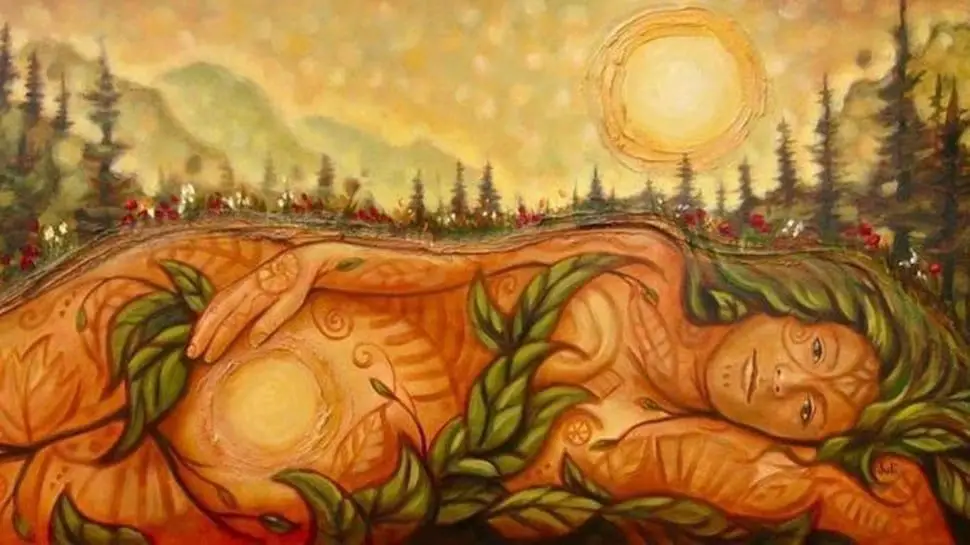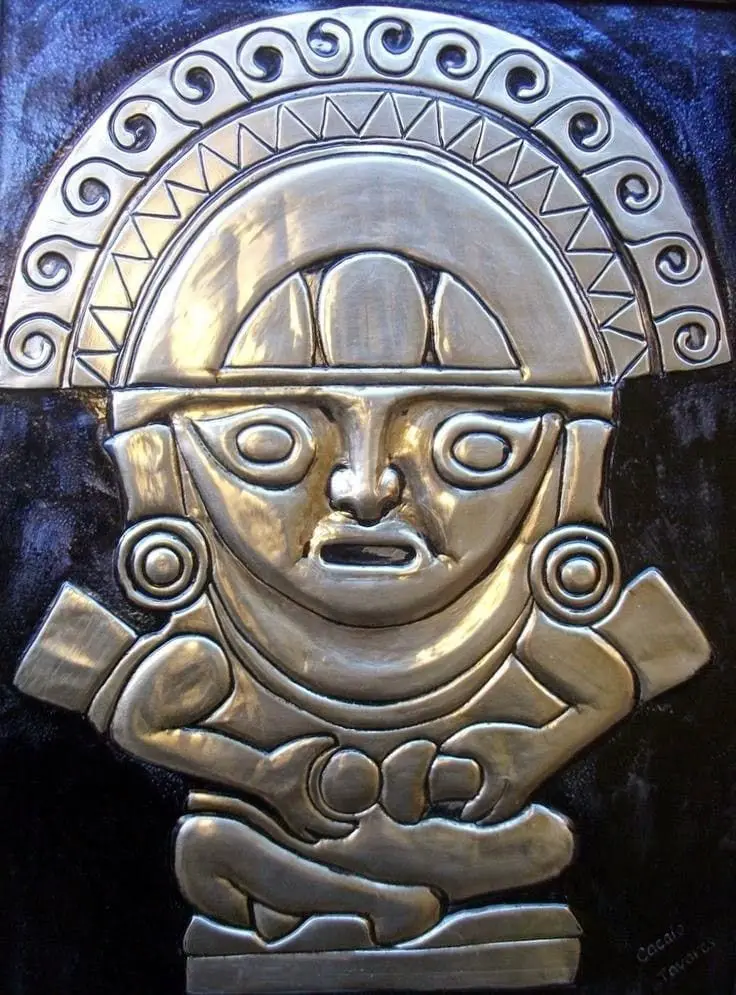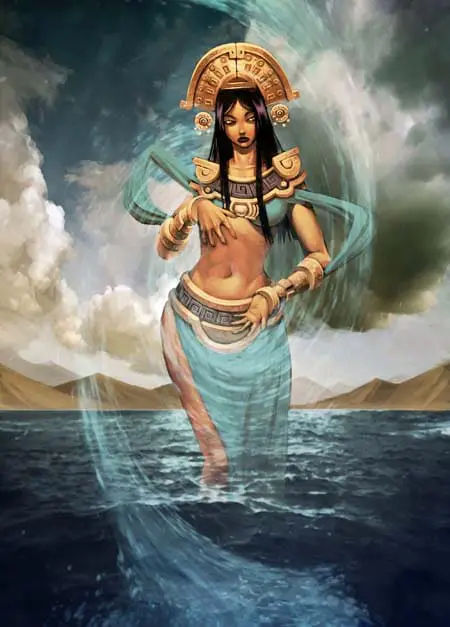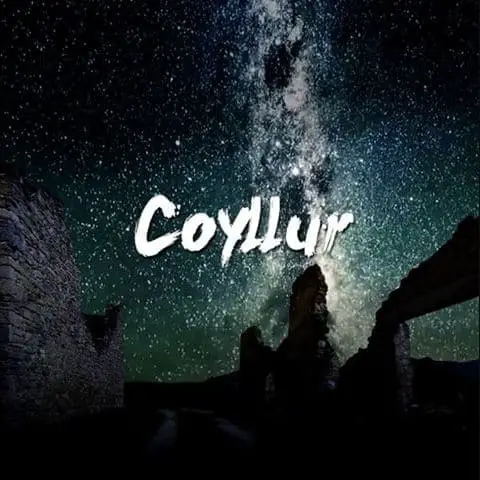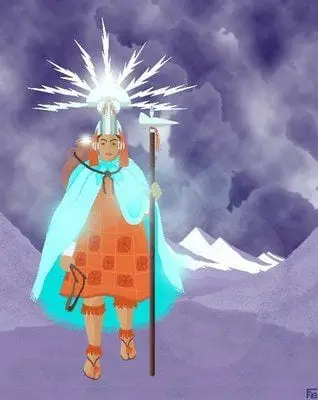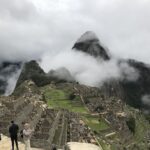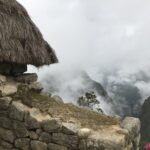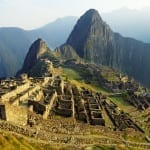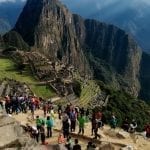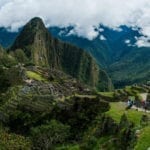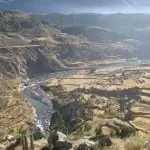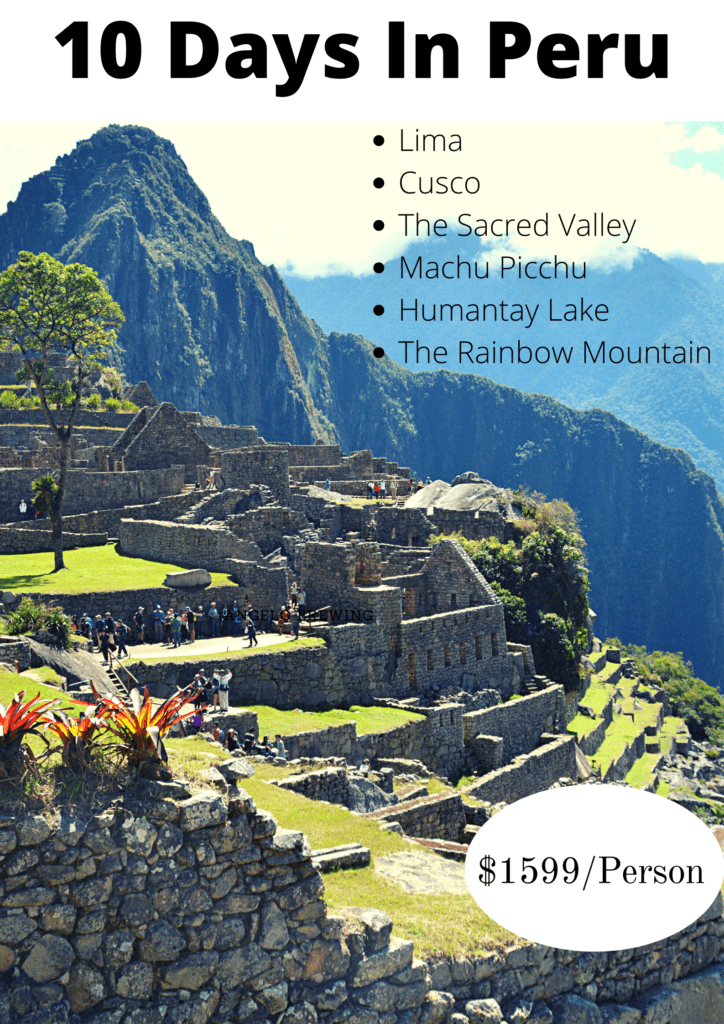The Religion of The Incas
James Bustamante is Native to New York but born to Peruvian parents. He has been traveling throughout Latin America since early 2003 and finally made his home in Peru. James has made his way by eating and traveling through almost every country in Central and South America.
Last Updated on July 3, 2024 by James Bustamante
The Religion of the Incas was focused on celebrating nature and centered around the environment, the sun, the moon, and the earth, among other things.
They also believed in a type of class system at the same time. For example, the Machu Picchu hike and the Inca citadel were only meant for the Incas of the highest class.
So, material possessions and status also seemed important to the culture.
The vast majority of the many villages that formed the Inca empire focused their religion on the gods they worshipped.
Some of the best-known Inca deities would be the Pachamama, which translates to the adoration of the land or Mother Earth.
There was also the god Viracocha, which was the creator of the entirety of nature, and Inti, the powerful sun god.
The religion of the Incas is characterized as polytheistic, which means that they worshipped not one god but multiple gods.
The Inca worshipped gods that focused on the elements and products of the elements like water, the rain, the wind, and several more.
The Main Inca Gods
Among the many deities the Incas would would worship, there were a few that are better known by the locals as well as researchers. Below we list best known of the Inca pantheon.
Inti The Sun God
Inti the Sun god was the most important deity to the Incas since he offered light and warmth.
The farmers would set their hopes in that worshipping Inti would give them enough sun for their crops to flourish successfully.
Inti was also the most revered Inca god after Viracocha (The creator God) who would normally receive the most offerings from the Inca.
A local legend references Inti and Mama Quilla (The Moon Goddess).
According to the legend, the Sun god Inti had two children. Their names here Manco Capac and Mama Ocllo, the founders of Cusco.
Today, we have the Inti Raymi festival which celebrates the resurrection of the Sun god Inti.
This festive date takes place on June 24th every year. The region receives thousands of tourists coming in for the month-long celebrations.
On the 24th there is a special activity called the “Tawantinsuyo” which is performed by the 4 “Suyos”: Antisuyo, Contisuyo, Chinchasuyo, Collasuyo.
These perform with the Peruvian military, government officials as well as vassals.
The celebrations basically have the vassals exhibiting their finest clothing weapons, and musical instruments.
These signal the beginning of a 3-day long celebration of the sun where fires are lit.
Traveler’s Tip: Traveling to Cusco during Inti Raymi or any time during the month of June will get you some of the best Andean weather out of the entire year.
It is also one of the busiest times of the year for operators, hotels, and agencies so make sure to book your Machu Picchu travel package in advance if you would like to join the festivities.
Viracocha or Wiracocha
Viracocha is also known as the master of the world, the first god of the Tiahuanaco culture.
He is” the one” creator of the entire universe and everything contained within it. Inti, the sun god, and several of the other Inca deities are his descendents.
Viracocha is one of the most revered gods of the Inca pantheon.
Pachamama
Pachamama is also known as Mother Earth and the goddess of fertility. She is worshipped as the fertile land where the Inca grow their crops and raise their children.
Pachamana is still one of the most revered gods by Andean cultures, which follow the religion of the Incas.
While traveling through the highlands, you will find several references to Pachamama in places like Cusco.
Killa or Mama Killa
She is the goddess of the moon, wife of Inti, the Sun god, and daughter to Viracocha. She is also known and revered as the goddess of marriage.
Mama Killa has also been a symbol of feminism around the world due to also being the goddess of the female menstrual cycle and a protector of women.
Mama Cocha
Mama cocha is known as the goddess of water, this includes the oceans, rivers, lakes, lagoons, etc. She is also the goddess who protects men at sea and fishermen.
Mama Zara
She is known as the goddess of Maize or corn. Maize was a very important crop for the Inca and was used for food and offerings to the gods.
Coyllur
The deity Coyllur is also said to be a female god who was a partner to the moon or Mama Killa. She brings light to the night as she is represented in the stars.
Illapa
Illapa is known as the god of the weather. He is responsible for hail, lightning, thunder, and rain. He is represented as a man wearing bright clothing and carrying a slingshot that represents lightning, a stone, and a club.
Supay
The god Supay, or Andean devil, is also known as the lord of the underworld. He guides the dead to the afterlife as part of his duties.
He is depicted as a devil who goes well beyond evil in his actions. The Inca thought of him as one of the evilest beings ever.
The Split Universe
The Inca believed the universe was split into three different plains. Each one would represent a different realm in reality. The “Pacha” of the universe was split into three plains known as:
Hanan Pacha was the realm or domain of the gods and other celestial beings and celestial objects. If you were a good person while in the land of the living, you were sent to Hanan Pacha for your afterlife. By all means this is what the Incas would consider heaven.
Kai Pacha was the present world where humans exist and creation is a tangible concept. Inca gods that help mankind also live in this plain.
Ucu Pacha was the universe of afterlife where beings go once they perish, it was also said to include beings that were never able to be born. In some ways this is what the Inca would considere their version of hell.
In Conclusion
The Incas’ religion believed in many gods and deities, but it also believed that they all revolved around the Sun god Inti.
In this sense, they were seen as both polytheistic and followers or Heliolatry. They revered nature and worshipped everything that came from it and thanked the gods for their bounties.
The Inca also had offerings for the gods and this included food as well as animal and human sacrifice.
Remember, if you want to visit Peru and travel to Machu Picchu, our travel advisers are standing by and ready to answer all of your questions.
Frequently Asked Questions about the Incas Religion
What was the religion of the Incas?
The Incas worshipped many gods, but above all, they worshipped the Sun god Inti. The Incas were in a sense, polytheistic.
Which Inca deity was the most worshipped?
Viracocha and Inti were the most worshipped Inca gods.
Who was the Inca God of the moon?
The Inca goddess representing the moon is known as Mama Killa.
Who is Supay?
Supay is the Inca Devil that is in charge of the underworld.
Does the Inca religion still have followers?
Yes, there are many communities in the Andes that still worship the Inca deities, spanning Peru, Bolivia, and even Argentina.
Is Inti an important Inca god?
Yes, Inca is among the most respected and revered of the Inca deities. He represents the suns rays and all they bring to the world. He even has a festival named after him called Inti Raymi. It is still celebrated to this day.


